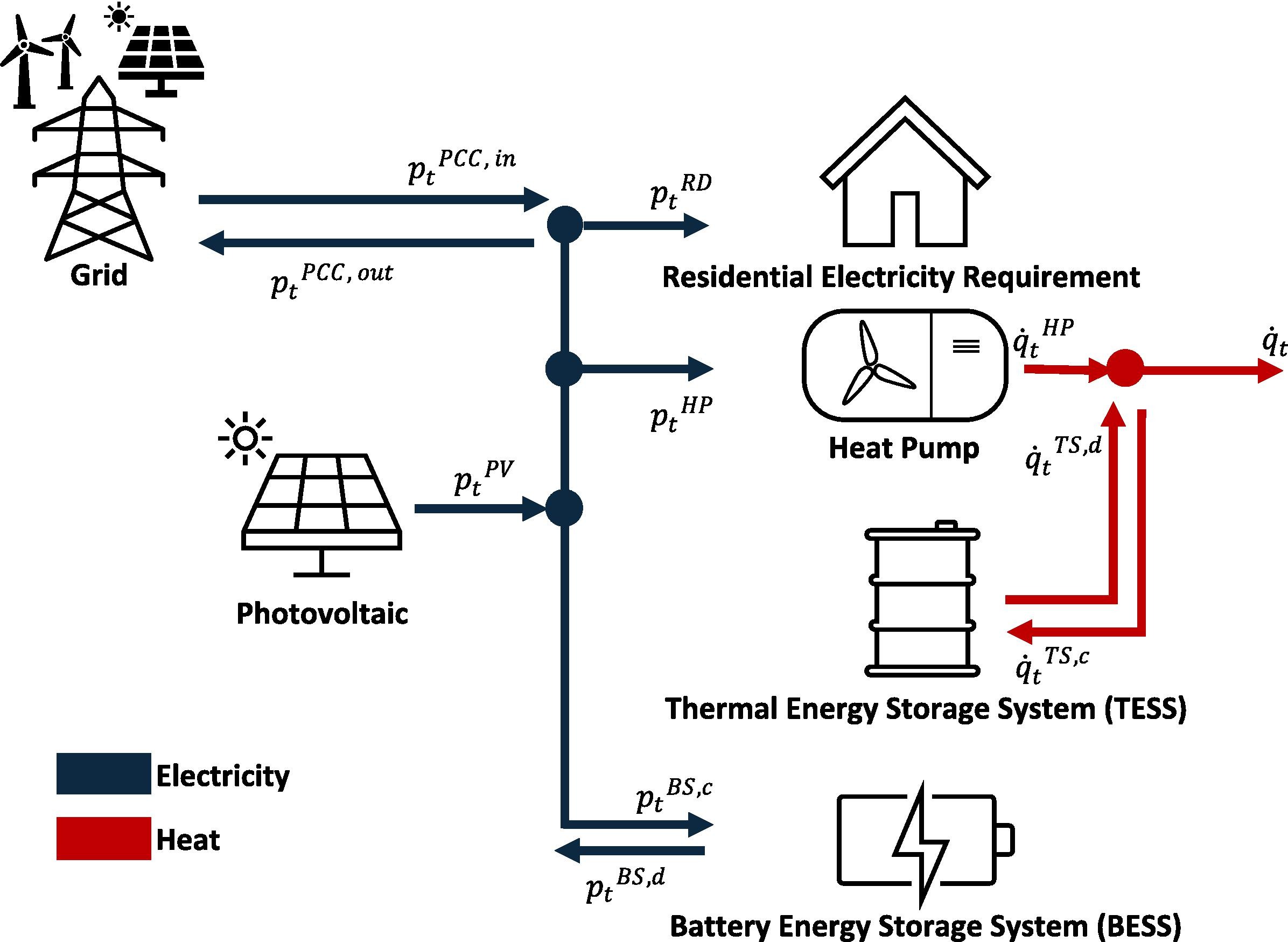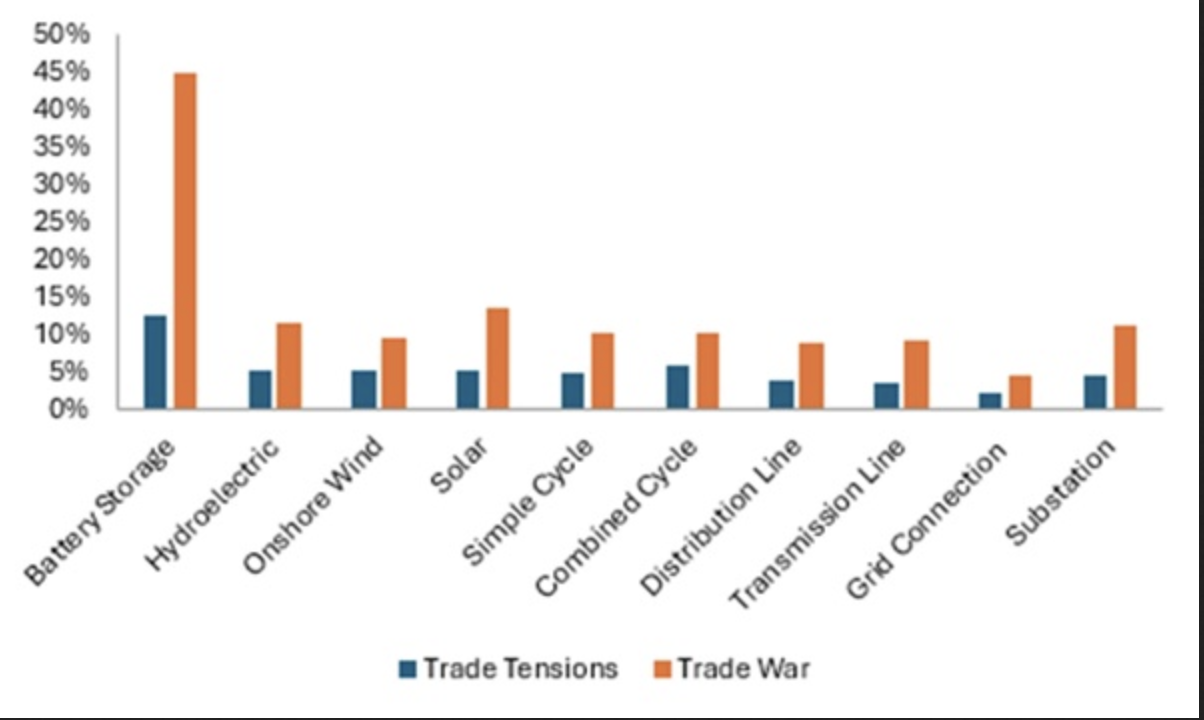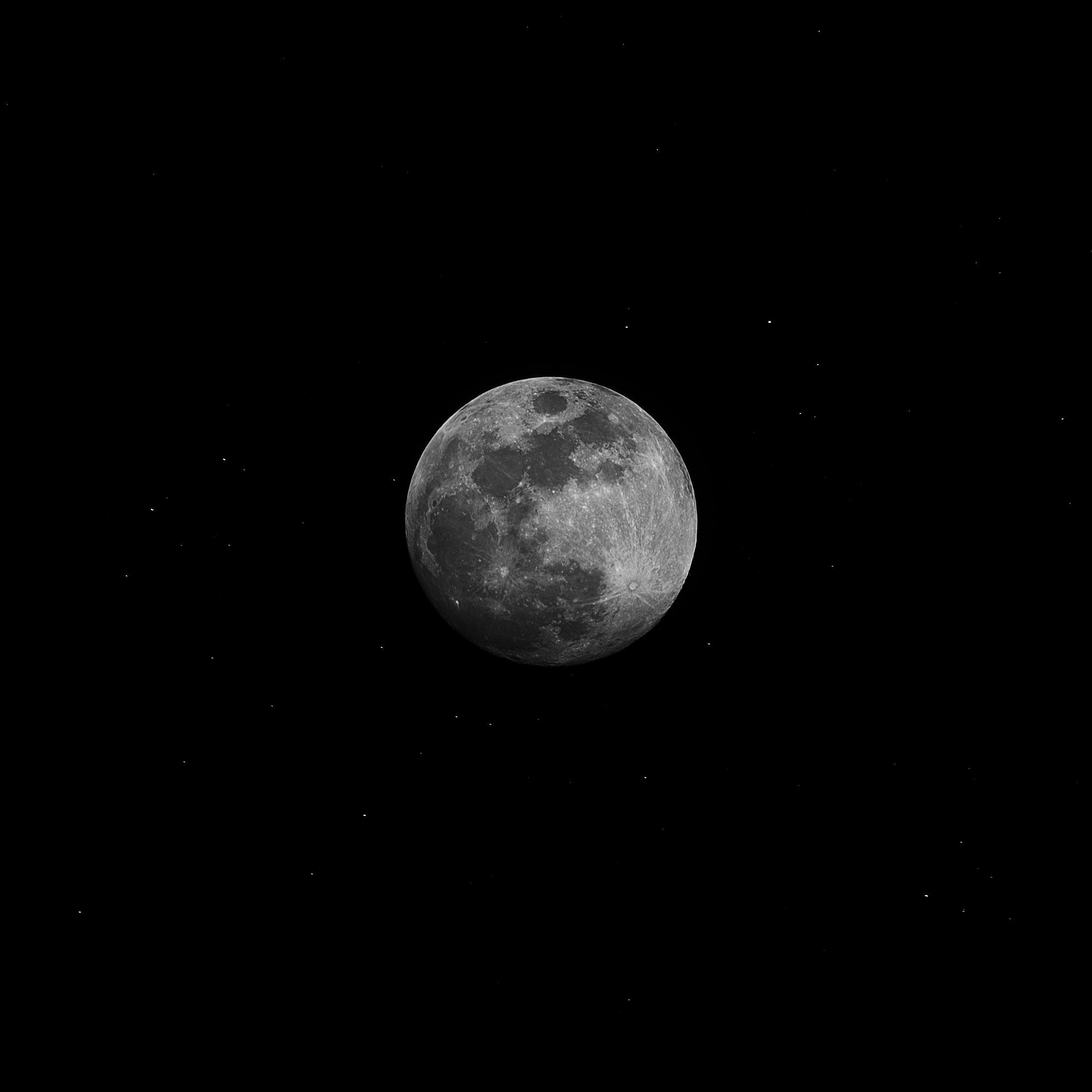Optimizing endless PV-driven heat pump scenarios for costs, self-sufficiency
Researchers have used mixed-integer linear programming-based multi-objective optimization to optimize 30,912 unique scenarios showing heat pumps operating in combination with PV power. The optimization modeling was conducted under day-ahead spot market prices terms.

Researchers have used mixed-integer linear programming-based multi-objective optimization to optimize 30,912 unique scenarios showing heat pumps operating in combination with PV power. The optimization modeling was conducted under day-ahead spot market prices terms.
A group of scientists led by researchers from Austria’s Technical University of Leoben has developed a mixed-integer linear programming (MILP)-based multi-objective optimization (MOO) model for flexible heat pump operation in households.
30,912 unique scenarios were tested by the researchers and optimized simultaneously to minimize household energy costs and alleviate strain on the low-voltage grid by optimizing the degree of self-sufficiency.
“To the best of our knowledge, no research has comprehensively integrated these objectives within a MILP-based MOO framework at the individual household level,” corresponding author Christopher Gradwohl told pv magazine. “This study explores the theoretical potential of flexible heat pump operation for heating in decentralized energy systems as a means to enhance renewable energy integration and reduce local grid loads, based on a variety of predefined household synthetic energy load profile scenarios.”
The MILP-MOO model was employed in Python. “MILP was selected for the optimization framework as it guarantees global optimality by structuring the problem within a well-defined mathematical model. MILP integrates seamlessly with demand response programs and renewable energy forecasting, making it a highly effective tool for cost minimization and operational efficiency in household energy management,” the academics explained.
In the modeling, the scientists inserted six living conditions, accounting for single-family houses or apartments in buildings, rented or owned, and one or two people per household. Those were crossed with four building types, accounting for varying thermal energy demands based on the buildings’ ages and corresponding heating efficiency levels.
Image: Montanuniversität Leoben, Energy Conversion and Management, CC BY 4.0

“Subsequently, to capture a broad range of potential outcomes, variations in key parameters were applied to each scenario,” the researchers said. “These parameters included PV system size (0 – 10 kW), electrical energy storage capacities (0, 3, 5, and 10 kWh), thermal energy storage capacities (0, 200, 500, and 1,000 L), heat pump type (air-source or geothermal), and heating system source temperature.”
The optimization was employed under day-ahead spot market prices as the primary demand response signal. The city of Leoben, located in central Austria, was used as the site for irradiation data, with a global irradiation level of approximately 1,200 kWh/m2/a. The simulation further integrated a 10% system loss factor, an optimal tilt angle of 35◦, and a southward-oriented azimuth. The assumed efficiency for the air-source heat pump was 0.4, and 0.35 was the assumed efficiency for the geothermal heat pump.
“Our single cost objective function successfully balances the competing goals of minimizing energy costs and maximizing the degree of self-sufficiency. Notably, the framework leverages volatile day-ahead energy prices as an implicit demand response signal, resulting in improved utilization of PV generation and increased household flexibility,” said Gradwohl.
The analysis showed significant reductions in local peak grid loads – both import and export – primarily driven by heat pump, energy storage usage and price-based demand response. Configurations with thermal energy storage and heat pumps alone were found to be highly effective in achieving elevated degrees of self-sufficiency – often outperforming combined battery and thermal storage configurations – while maintaining comparatively lower overall costs.
The model was presented in “Unlocking heat pump flexibility: A multi-objective optimisation approach for self sufficiency and energy costs,” published in Energy Conversion and Management. Researchers from Austria’s Technical University of Leoben and Australia’s Deakin University have participated in the research.
What's Your Reaction?


























































